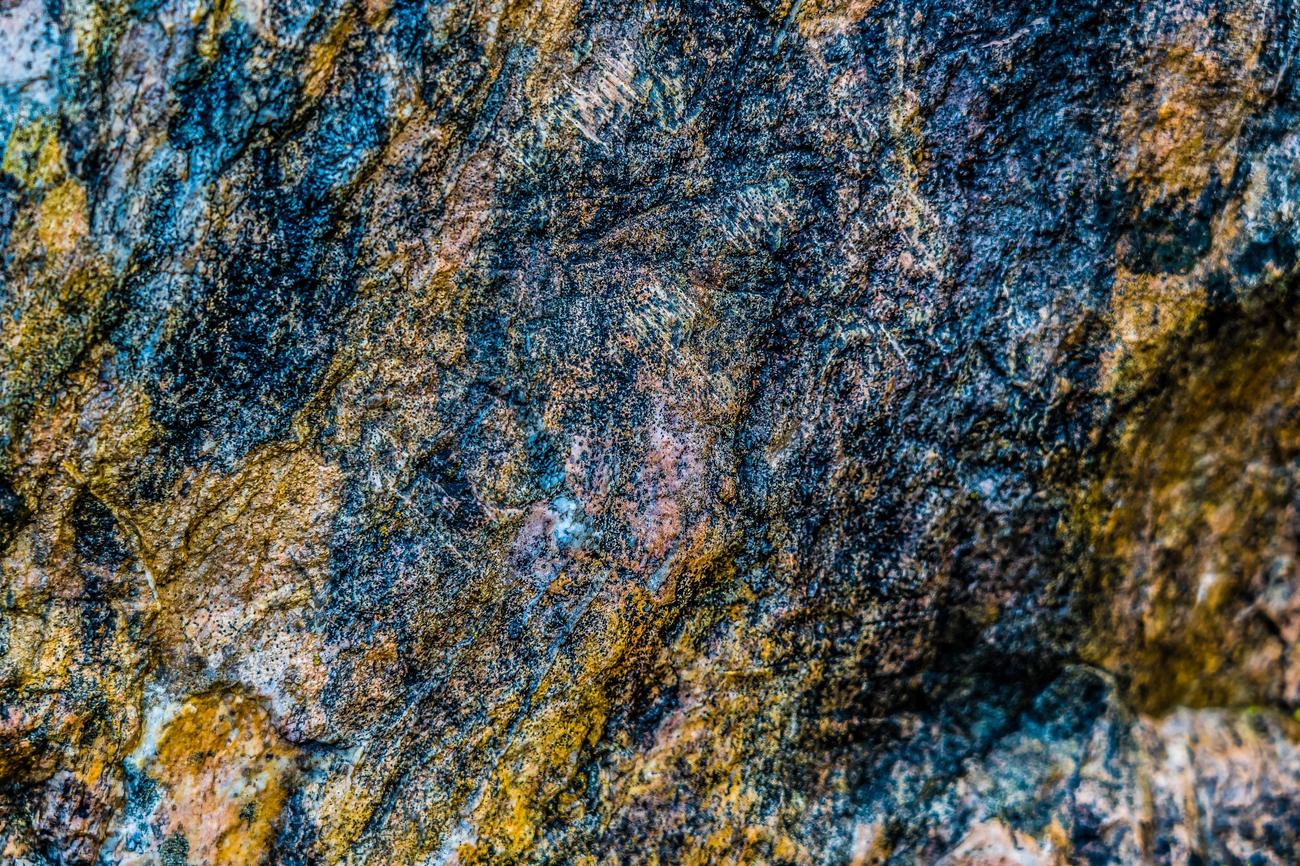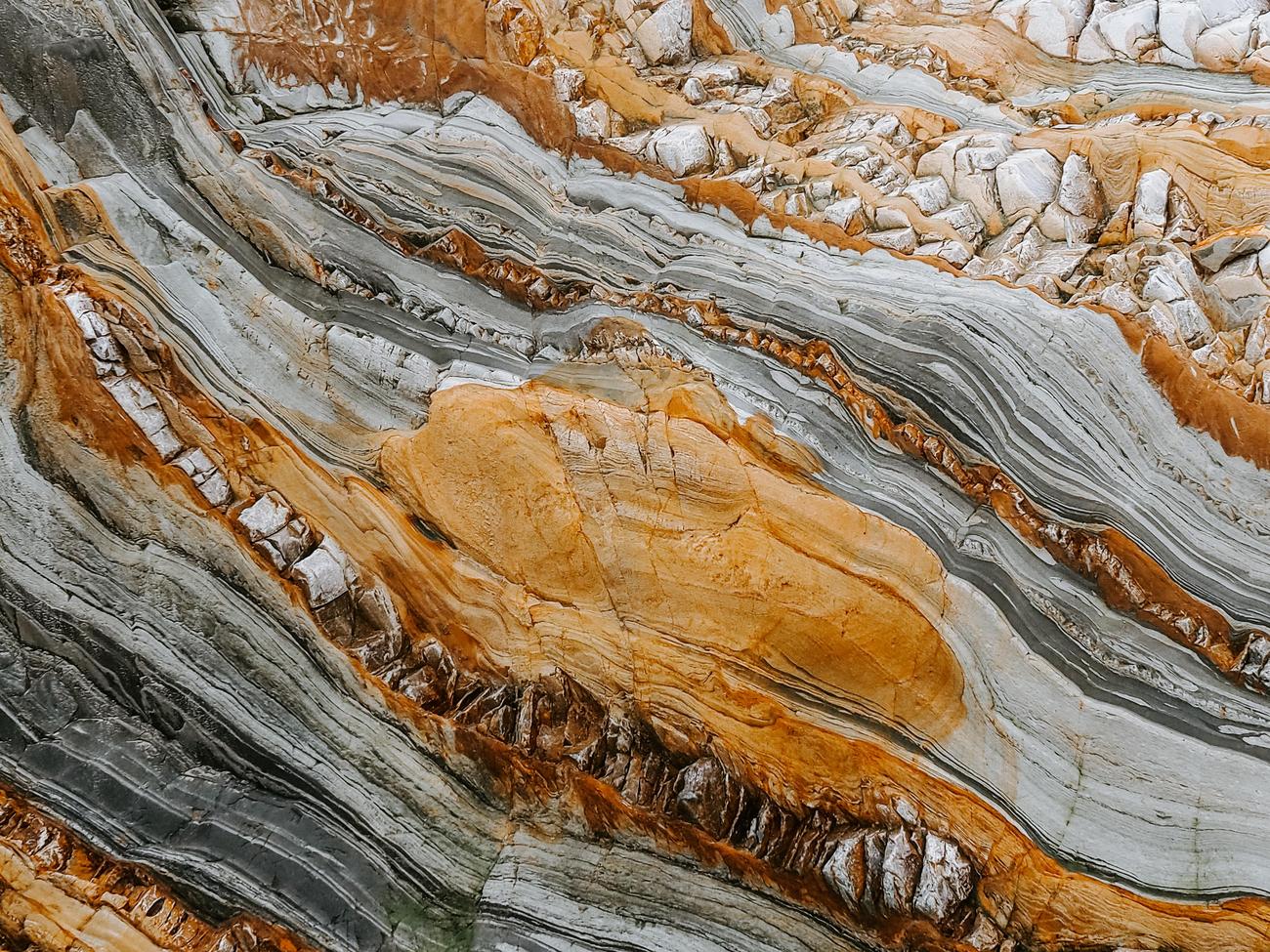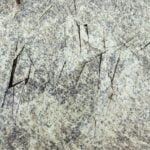Have you ever wondered just how old granite really is? As a seasoned geologist with a strong background in the study of rocks and minerals, I’m here to uncover the age of this magnificent stone. From the depths of the Earth to our countertops and major landmarks, granite has played a monumental role throughout history. Join me on this fascinating journey as we explore the intricate dating methods, delve into geological time scales, and unravel the captivating story behind the formation of granite. Whether you’re a scientific enthusiast or simply curious about the age-old mysteries of our planet, this article is sure to satisfy your thirst for knowledge. So, let’s dive into the depths of time and unravel the secrets of granite’s age.

How Old Is Granite
Granite has long fascinated geologists and scientists alike. Its sturdy presence and diverse colors make it a captivating subject of study. But just how old is granite? Let’s dig deep into the world of geology to uncover the secrets of this ancient rock.
To determine the age of granite, geologists utilize various dating methods. One common technique is radiometric dating, which measures the decay of radioactive isotopes within the rock. One such isotope found in granite is potassium-40. By measuring the ratio of the stable daughter isotopes to the parent radioactive isotopes, scientists can estimate the age of the granite. This method provides valuable insight into the formation of granite and the geological events surrounding it.
But dating granite isn’t as simple as going on a blind date. It requires careful analysis and consideration of multiple factors. For instance, scientists must also take into account the age of the rocks surrounding the granite, known as country rocks. By examining these rocks and their relationship to the granite, geologists can piece together the puzzle of geological history.
Granite, being an intrusive igneous rock, forms deep within the Earth’s crust. This slow-cooling process allows the minerals within the magma to crystallize, resulting in the characteristic coarse-grained structure of granite. These minerals, predominantly quartz, alkali feldspar, and plagioclase, interlock like puzzle pieces within the rock, forming a sturdy matrix.
The age of granite can vary considerably, with some formations dating back billions of years. This is because granite is mainly found in the continental crust, which has undergone complex geological processes over the ages. The Precambrian era, stretching from about 4.6 billion to 541 million years ago, is particularly rich in granite intrusions. During this time, vast amounts of magma were intruded into the Earth’s crust, giving rise to these ancient rocks.
Interestingly, granite can be found in various locations around the world, each with its own distinct age. For example, the Grenville province in eastern North America boasts granite formations over a billion years old. Meanwhile, the Sierra Nevada mountain range in California is home to granitic rocks formed around 90 million years ago during the Late Cretaceous period.
Uncover the age of granite, and you’ll discover a time capsule of Earth’s geological past.
Granite is not only a witness to the passing of time but also a storyteller of Earth’s dynamic history. With its unique composition and formation process, granite allows us to peer through the annals of geologic time and understand the forces that shaped our planet.
So, next time you encounter a granite countertop or marvel at the splendor of a granite mountain, take a moment to appreciate its profound geological significance. This age-old rock has seen continents collide, mountains rise and erode, and life evolve over countless millennia.
Granite is a fascinating rock with a rich history and impressive characteristics. If you’re curious to learn some fun facts about granite, prepare to be amazed! Did you know that granite is one of the hardest substances in the world? Its durability and resistance to heat make it a popular choice for countertops and flooring. But that’s not all, granite also comes in a wide array of colors and patterns, making it a versatile option for any interior design project.
If you want to dive deeper into the world of granite, click here to discover more fun facts about granite: fun facts about granite. You’ll be surprised by the numerous interesting aspects of this extraordinary rock. Whether you’re a geology enthusiast or simply appreciate the beauty of natural stone, this article will surely captivate your attention. So, what are you waiting for? Click the link and embark on an exciting journey into the unique world of granite.
How Old Is Granite
Granite is a fascinating natural stone that has captured the curiosity of geologists and scientists for countless years. Its age alone is a mind-boggling aspect to explore, as it holds secrets dating back millions and millions of years. The age of granite, as well as its formation and geological history, have been subjects of extensive research and speculation. If you’re curious to delve deeper into the captivating world of granite, click here to discover the age of granite. To understand how granite forms, click here to explore its formation. And for a comprehensive look at the geological history of granite, this link will take you there. Prepare to be amazed as you unravel the mysteries of one of Earth’s most enduring and awe-inspiring creations.
Introduction to the Age of Granite
Understanding the Formation of Granite
Journey Through the Geological History of Granite
Introduction:
[youtube v=”0tAbAd5yOBM”]
In this section, we will delve into the fascinating world of ancient Egyptian pyramids and explore what the largest pyramid stones can reveal to us. The Great Pyramid of Giza, composed of over a million blocks of stone, is a testament to the incredible skill and audacity of the ancient Egyptians. While every stone in the pyramid is remarkable, there are certain blocks that truly stand out and captivate our attention. We will examine some of the largest blocks in Old Kingdom pyramids and discuss what further study of these magnificent megaliths can teach us.
The Mystery of Pyramid Construction:
The sheer size and complexity of pyramid construction is difficult to comprehend. The workers who cut and set these enormous stones must have faced immense challenges. However, as we analyze these oversized blocks, we begin to question whether they were purely for practical purposes or if there were other motives behind their incorporation.
Secrecy and Concealment:
One of the earliest examples that sheds light on the purpose of these oversized blocks is the Pyramid of Meidum. The stones above its descending corridor are arranged vertically, with the exception of the outermost block, which lies horizontally. This design, coupled with the offset door jambs, suggests an attempt to conceal the pyramid entrance if it were perfectly sealed. It is intriguing to consider whether secrecy played a role in the construction of early pyramids or if it was simply a precaution that was later abandoned.
The Bent Pyramid:
Moving forward in time, we come across the Bent Pyramid, which makes no apparent effort to disguise its entrance. Located on the North side, the entrance is quite conspicuous, and the lintel above the doorway may have been intentionally designed to be taller than the surrounding blocks. This oversized lintel, while not structurally necessary, serves to impress and awe visitors with the pharaoh’s power to create such grand structures.
The Red Pyramid:
The Red Pyramid, on the other hand, showcases large stones covering the descending corridor. These stones are larger for structural stability rather than visual appeal, as their height is not easily visible. However, as we delve deeper into the pyramid’s chambers, we encounter oversized lintels above passages leading to tall corbelled chambers. These lintels are consistently designed with specific dimensions, with the width being the longest side, followed by the height and thickness. Notably, the chambers attributed as burial chambers do not contain oversized lintels. This observation opens up intriguing questions about the purpose and significance of these enormous stones.
Satellite Pyramids and the Great Pyramid:
In the satellite pyramid adjacent to the Bent Pyramid, we find another oversized lintel spanning the entire south wall of the chamber. This massive lintel sacrifices thickness to create a visually striking face on the chamber’s north wall. The choice to include oversized stones is intriguing, as it becomes less practical and more focused on visual impact. The Great Pyramid also incorporates an oversized lintel above its descending corridor, hinting at a potential connection with the missing entrance vault. However, the lintel size is inconspicuous, perhaps indicating an attempt to conceal the entrance.
The King’s Chamber:
The King’s Chamber features two oversized lintels, one above the portcullis side and the other spanning the entrance to the chamber itself. The lintel on the portcullis side serves a functional purpose, while the lintel above the chamber stands as a masterpiece of the fourth Dynasty. Composed of a granite monolith, this lintel remains intact and undamaged. This observation leads us to question why oversized stones are prone to breakage and how this relates to their purpose within the pyramid’s design.
Increasing Size in Later Pyramids:
In later pyramids, such as those at Abusir, we find increasingly large lintels between the antechamber and the burial chamber. These lintels serve as canvases for hieroglyphic inscriptions and reach truly incredible sizes, weighing over 70 tons. However, in these pyramids, the oversized blocks are protected with a chevron ceiling, preventing them from bearing the weight of the pyramid and reducing the likelihood of damage.
Conclusion:
The inclusion of oversized lintels in ancient Egyptian pyramids raises intriguing questions about their purpose and significance. While some may argue that they were purely for visual impact and to showcase the power of the pharaoh, the susceptibility of these blocks to damage suggests that there may be deeper meanings behind their inclusion. Further study and analysis of these magnificent megaliths may provide us with valuable insights into the ancient Egyptian mindset and the motivations behind pyramid construction.
References:
[Insert a list of references in a citation format suitable for the document’s purpose]

FAQ
How is the age of granite determined?
The age of granite can be determined through various dating methods. Geologists typically use radiometric dating techniques, such as potassium-argon dating and uranium-lead dating, to analyze the radioactive isotopes present in the mineral constituents of granite. By measuring the ratio of parent isotopes to their decay products, scientists can calculate the time that has passed since the rock initially solidified.
What factors influence the formation of granite?
The formation of granite is influenced by several factors. Firstly, the composition of the parent magma plays a significant role in determining the mineral content and characteristics of the rock. The presence of high levels of silica and alkali metal oxides in the magma contributes to the formation of granite. Additionally, the cooling and solidification process of the magma underground allows for the development of the coarse-grained structure associated with granite.
Can granite be found in different colors?
Yes, granite can exhibit different colors depending on its mineralogy. While the most common color of granite is typically white due to the abundance of quartz, it can also appear pink, gray, or even speckled with various minerals. The unique mineral composition of each granite deposit contributes to the range of hues observed in this igneous rock.
Is granite a source of radiation?
Yes, granite is a natural source of radiation. It contains radioactive isotopes such as potassium-40, which emit low levels of radiation over time. However, the radiation emitted by granite is generally considered to be harmless and poses no significant health risks to humans.
What are the main characteristics of granite outcrops?
Granite outcrops can exhibit several distinct characteristics. These include the formation of tors, which are large, free-standing, weathered rock outcrops with a rounded top. Granite can also give rise to domes, which are elevated and rounded landforms composed primarily of granite. Additionally, granitic rocks can form bornhardts, which are massive and steep-sided rock formations, as well as rounded massifs. Circular depressions surrounded by hills can also indicate the presence of granite.












